THE STORY OF Y | Eitan Ben Moshe,
May 27th - July 9th, 2021
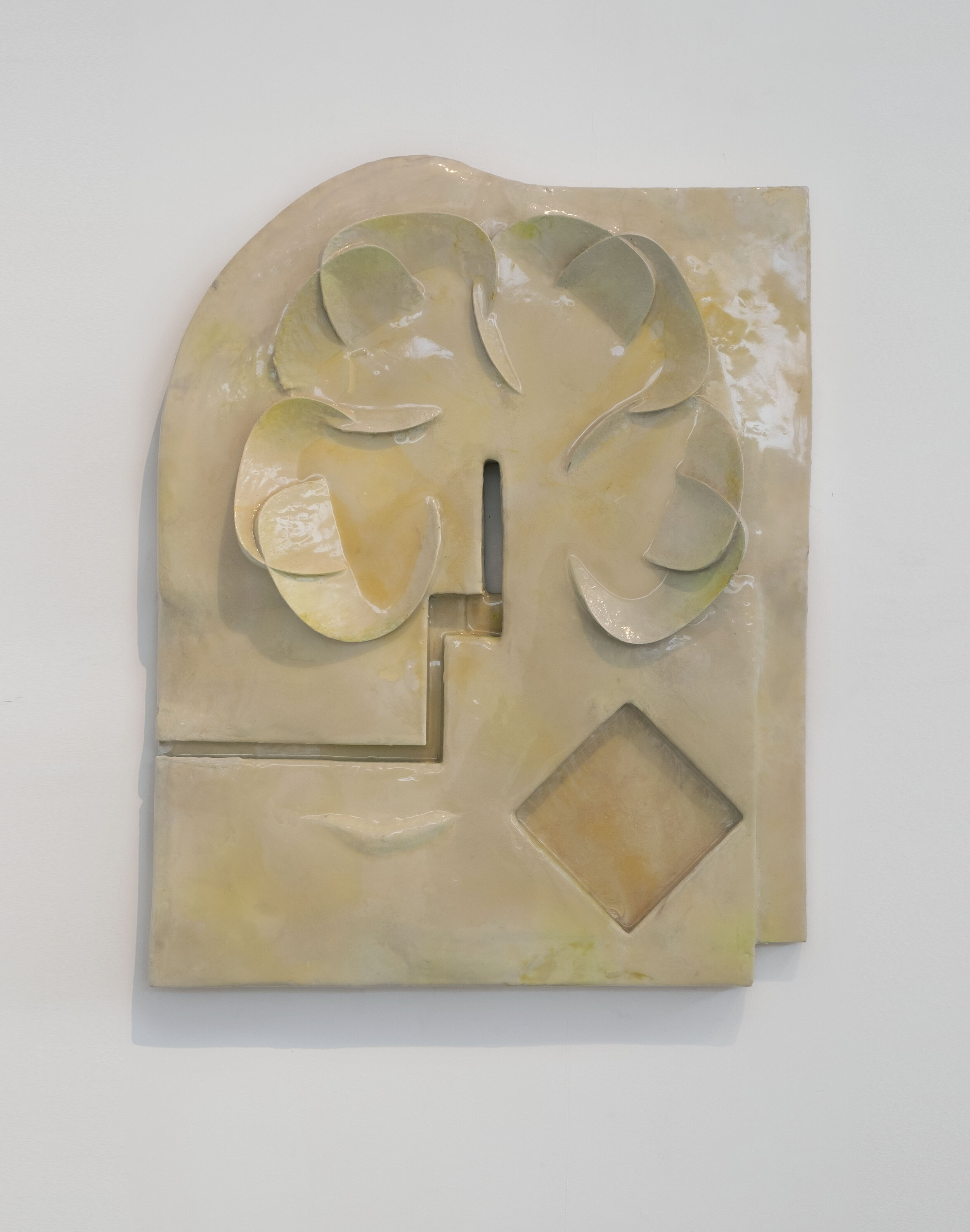
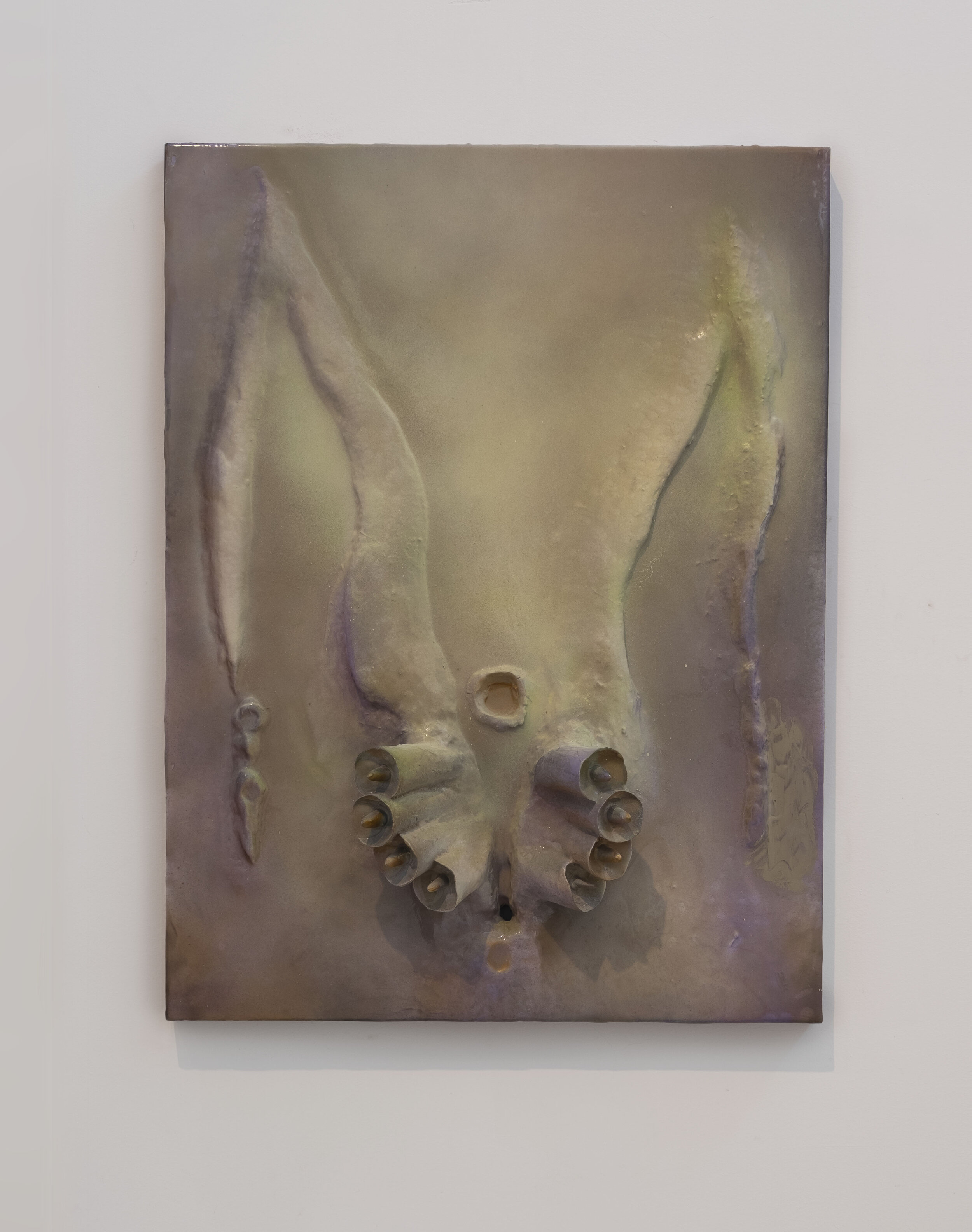
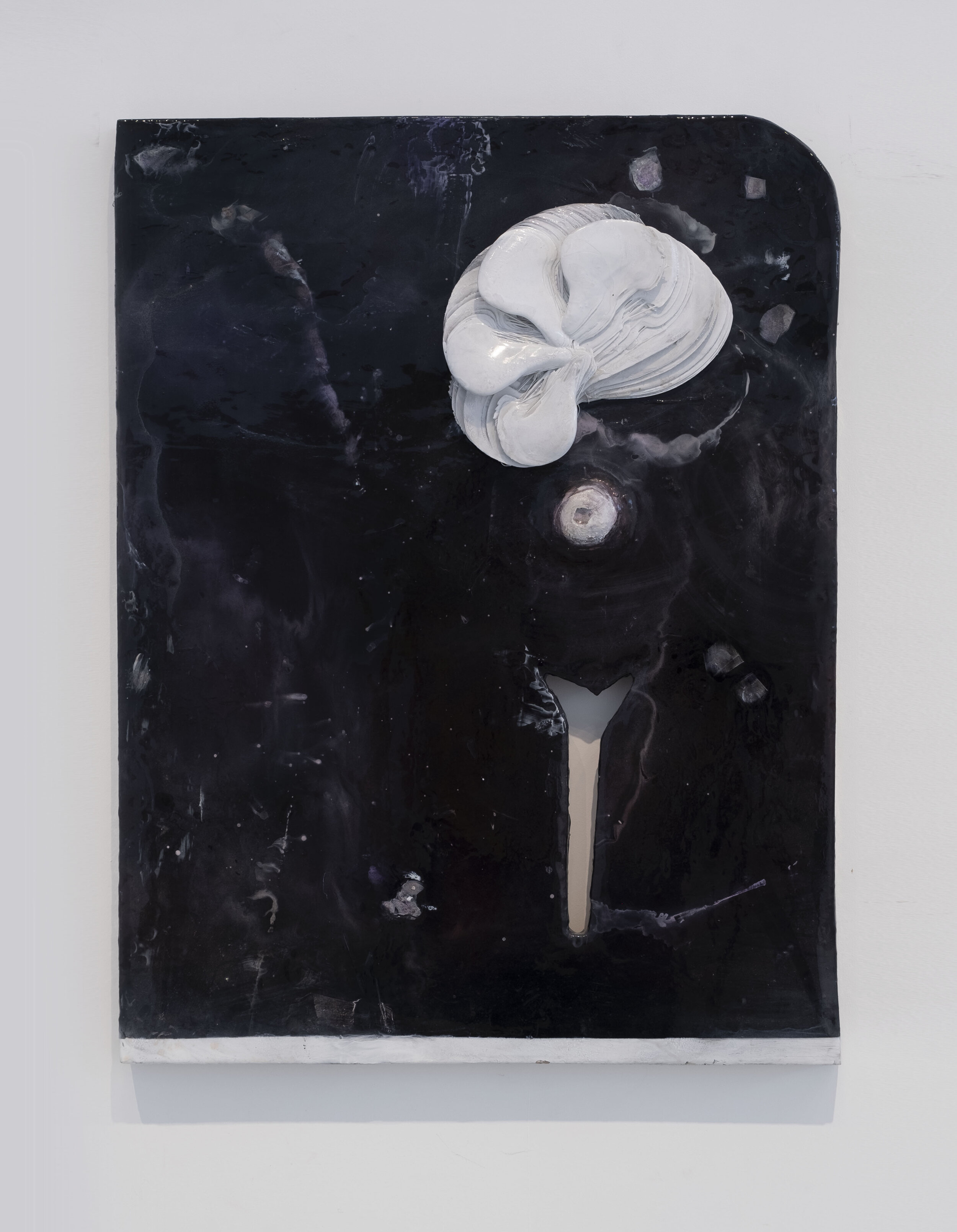
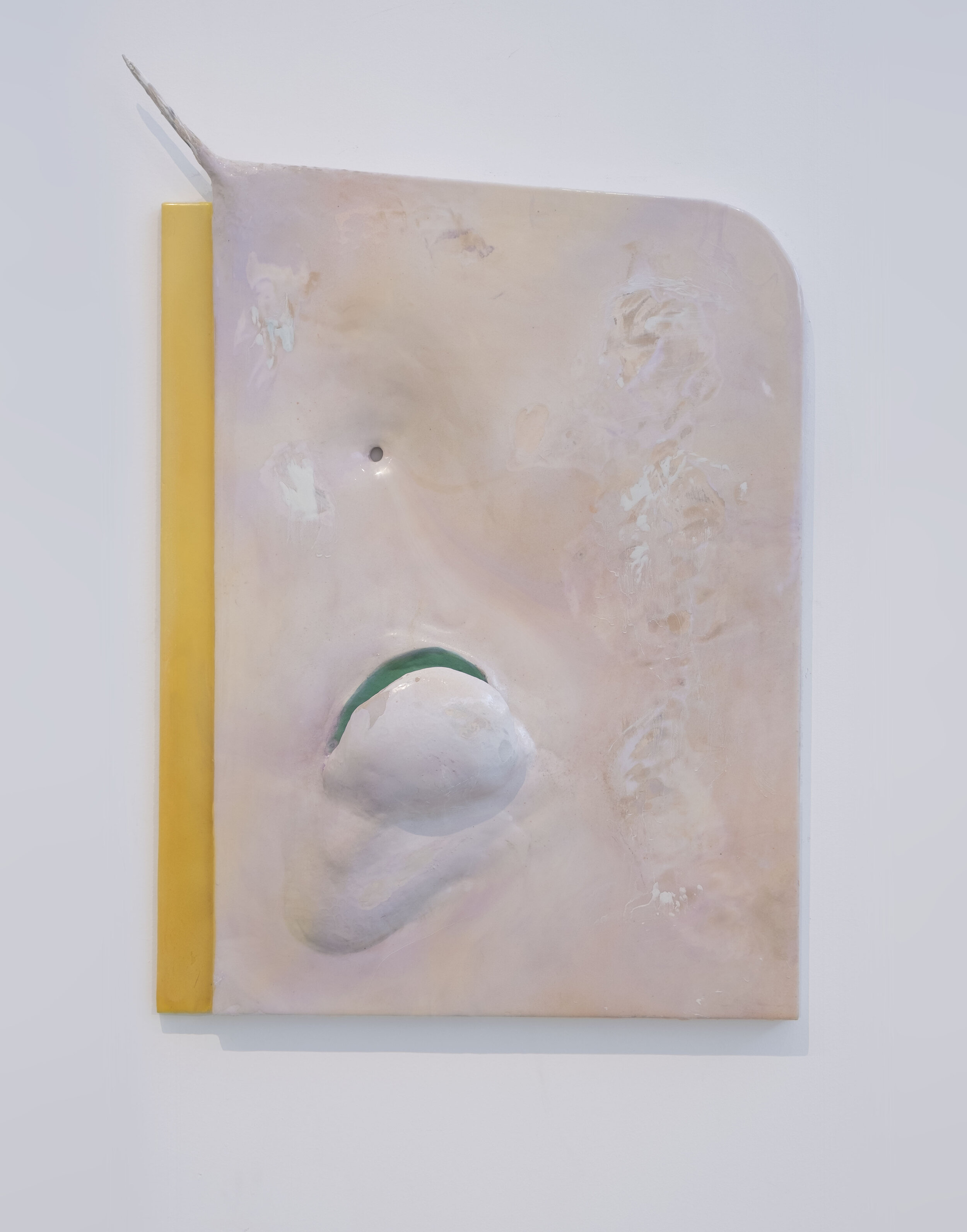
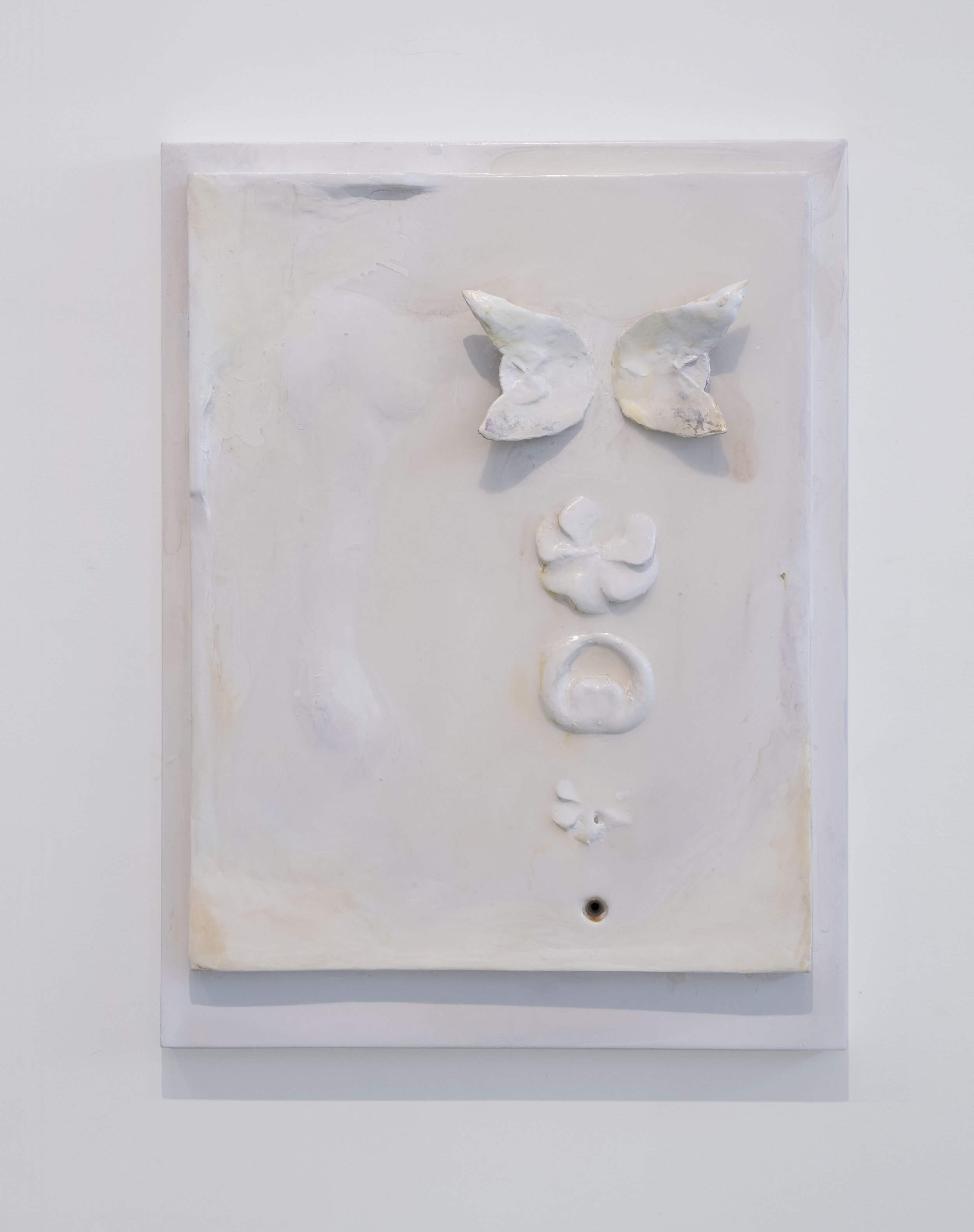
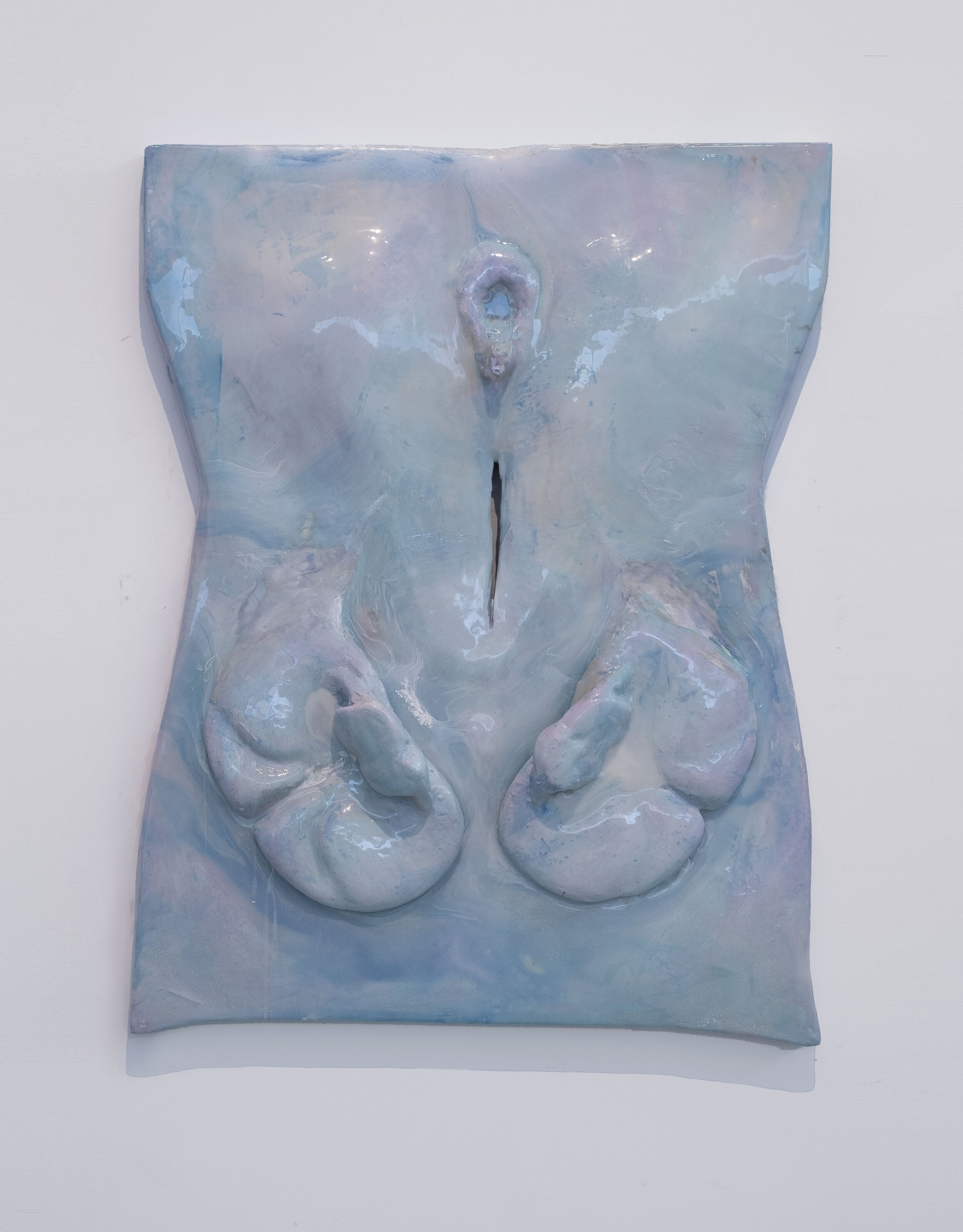

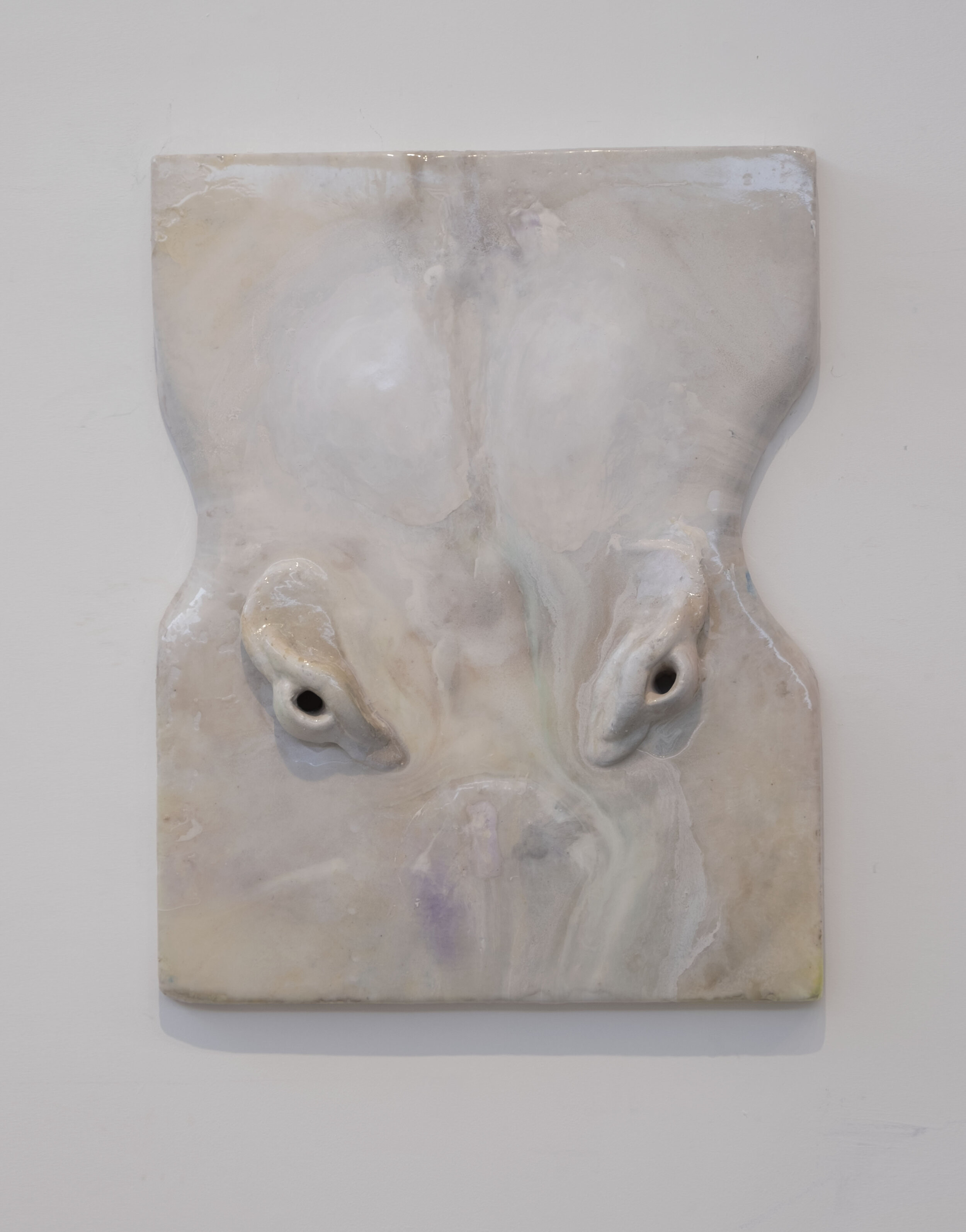
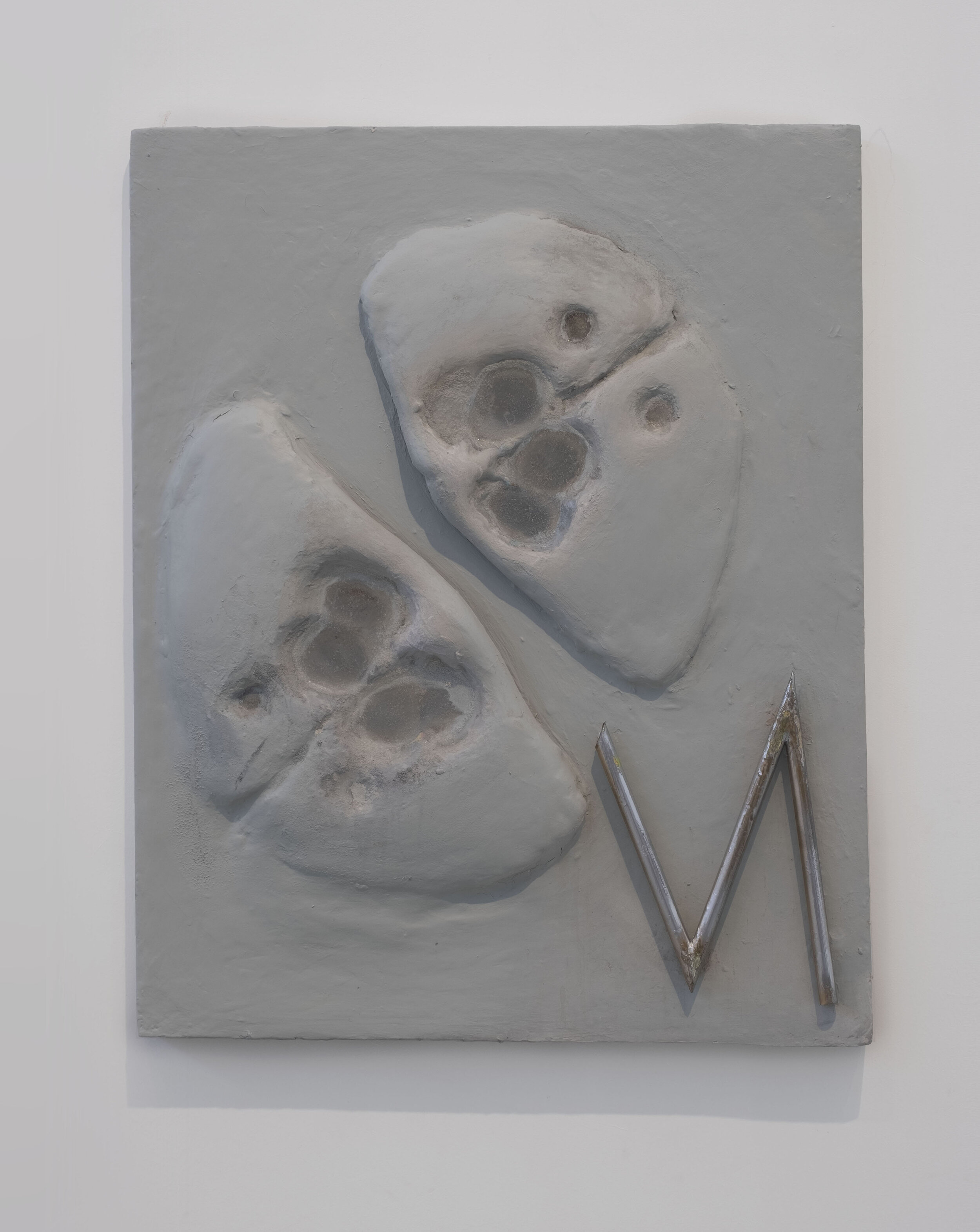
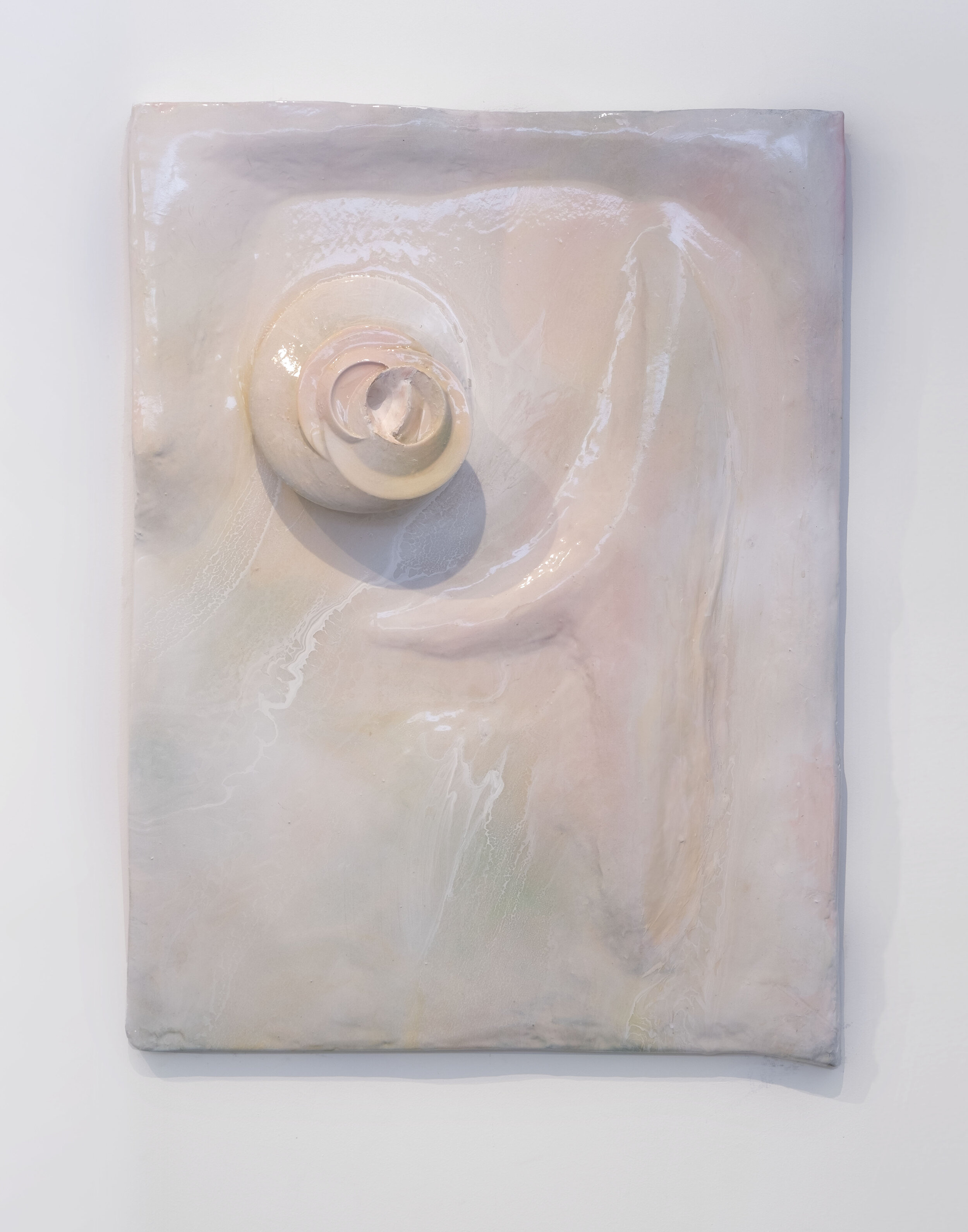
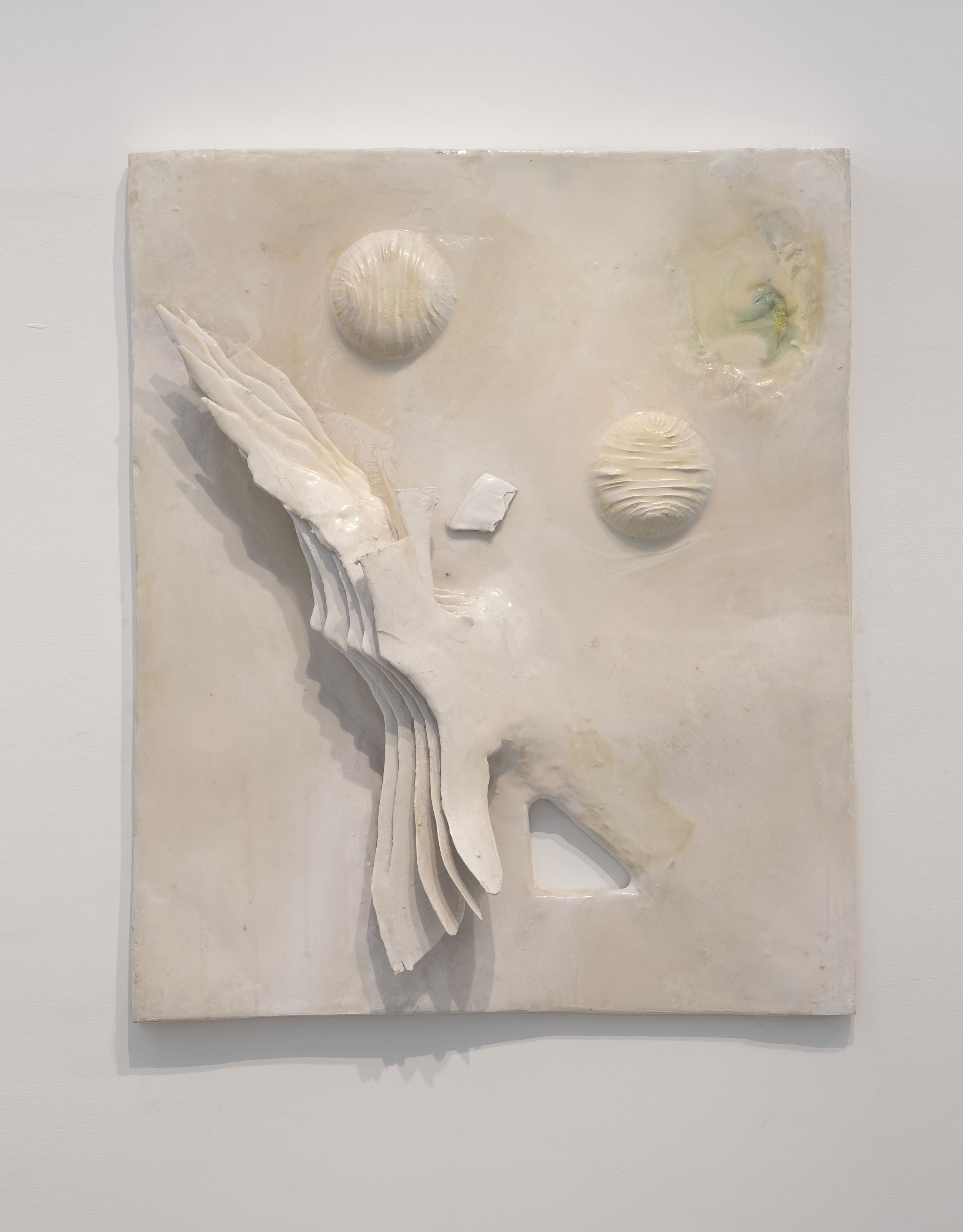
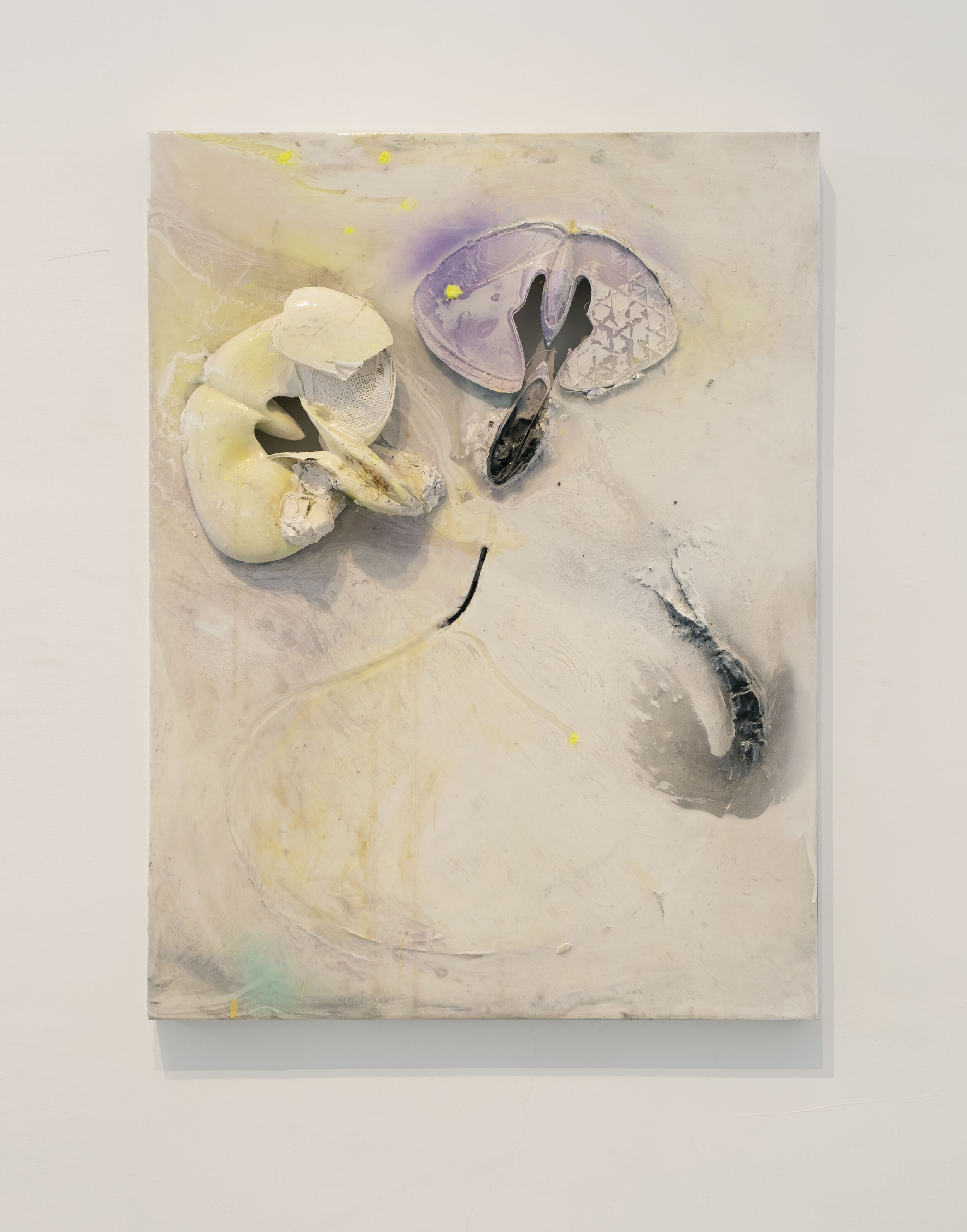
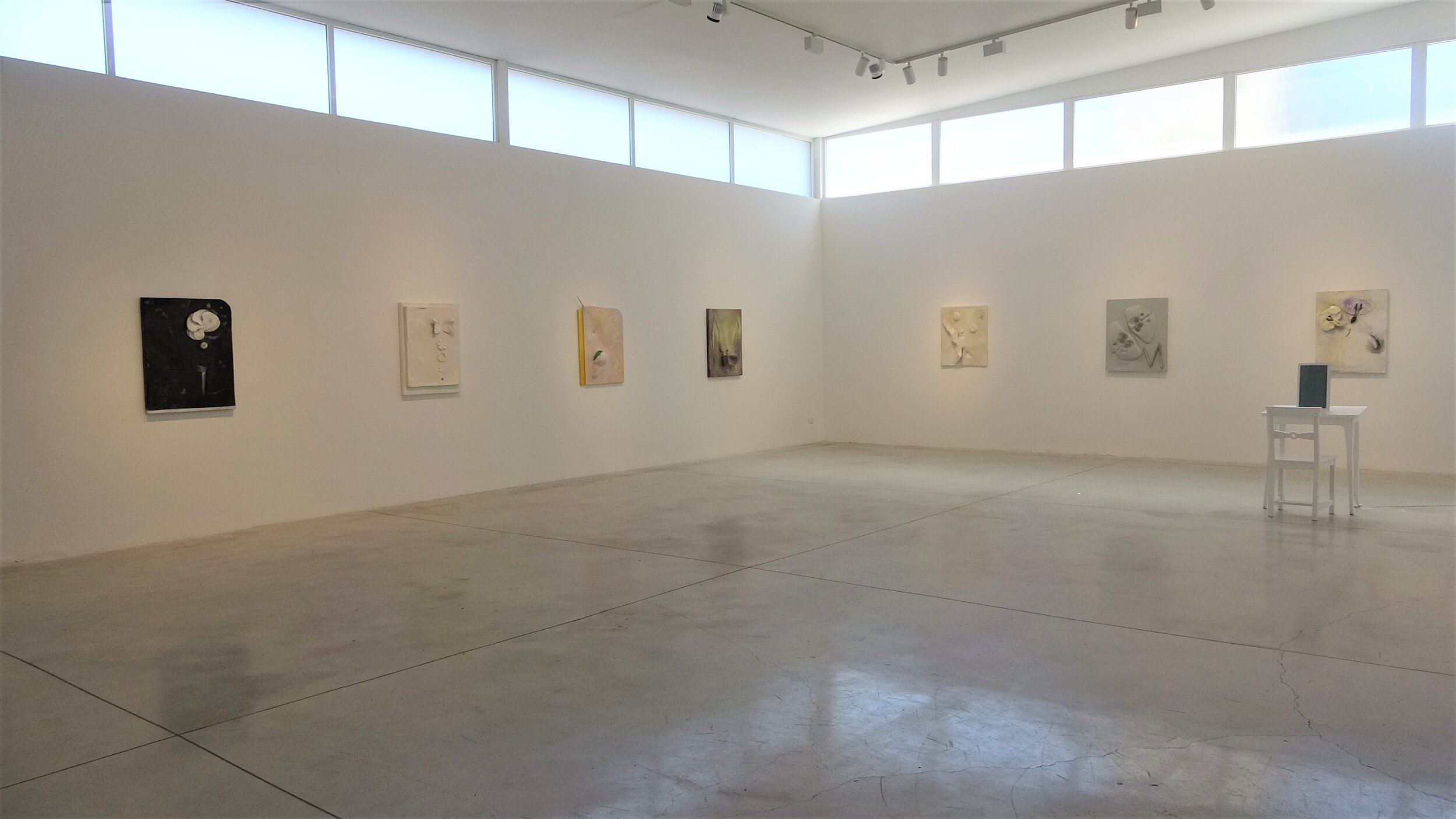
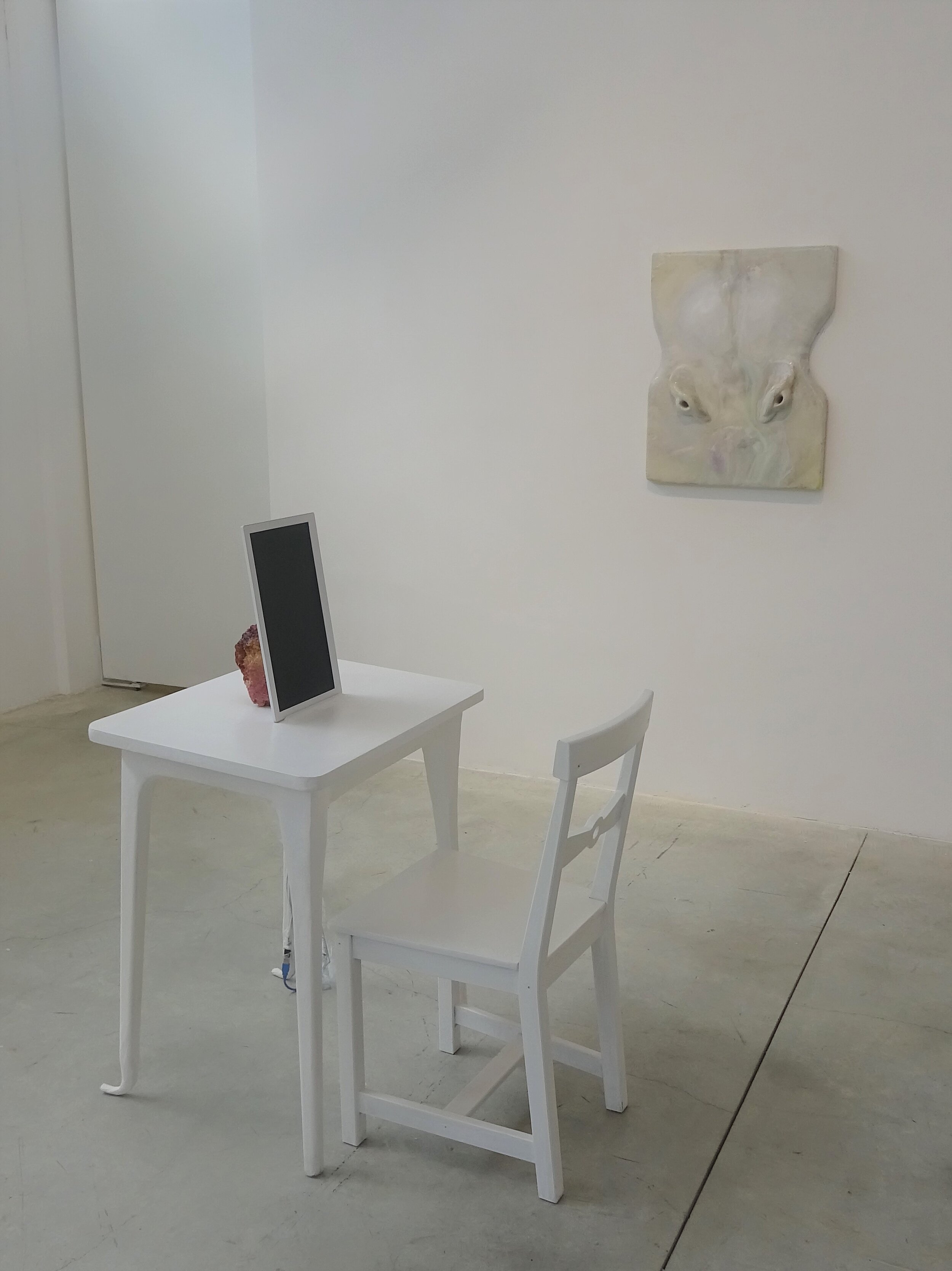
© Eitan Ben Moshe
The stone, the leaf and the snail shell.
For many days, like Krishna in his chariot, the avatar Meher Baba, merciful father, God in human form, drives the canopy of his humble blue bus through the vastness of India’s pastures while his entourage, filled to the brim with love, surrounds him, sleepy and dormant. He quickly conquers district after district, village after village, gathering the various lepers, impure and destitute to be found. He pours fresh water on their feet, caresses them and spreads his wing over them. “The lepers,” he says, “are beautiful souls of an ugly bracket.” Now and again he abruptly stops his entourage, keenly scanning the surrounding fields, turning briskly toward a tree or hill where one of his ‘masts’ is found: solitary creatures whose love for God has driven them to insanity, until they become stripped of everything, bare as on their day of birth.
Meher Baba, on a vow of silence for forty years, then begins a fervent, excitable gesticulating conversation with the anonymous mast. This performance ends when the mast effortlessly stands erect from his place of rest, stepping carefully, examining the ground with an investigative eye for a long moment under the open and curious supervision of Meher Baba. The mast comes to a sudden halt, leans long over a piece of ground and bends over, picking up a pebble, which he hands to Meher Baba as an odd gesture of otherworldly meaning. Meher Baba inspects the stone carefully from all sides, then beams a hawk-like eye at the surrounding ground, and in turn begins to fumble in the earth. He stops now and again to lean over something, intermittently inspecting the mast’s alert face, withdraws, then resumes his search. Finally, he finds a leaf and places it hastily in the mast’s palm. They sit a short while in silence, the mast pensively crushing the leaf in his hand. Then again, the mast stands and paces, hunched over the earth, eyes closed. Upon opening them, he points immediately at an empty snail shell. Meher Baba begins to roar with laughter as the mast raises his finger before him like Socrates before the School of Athens.
Wood board, 3D printer, bio-plastic fiber, car kit, epoxy, plaster, and paints.
These are the tools and materials with which Eitan Ben Moshe has built his cryptic claim, as a precise series of ten wall reliefs that feature various fusions of natural architectural forms and genitalia of animals and plants. Strong morbid and agitating eroticism radiates from the works, alongside uneasiness and the impression of frozen dissociation from a dubious laboratory experiment that has spiraled out of control and was abandoned, and we are not too eager to find out its results. Additionally, from another angle, Ben Moshe’s 3D printer that stands in the corner of his studio looks innocent and calming, reminiscent of a primitive home machine, a spindle or loom, and the final products of this pseudo-laboratory for genetic engineering that he created conjure up obscure remnants of a prehistoric culture, shrouded in fog. Therefore, the mind is quite irritated and conflicted with these reliefs.
Alongside all these, slipping and crawling by, an animation film is exhibited, at once both figurative and abstract, simulating a heartwarming and joyful dance of flower petals that appear like interlocking hands, as in a cult, the ideal of ideals of which is unknown. Within these, the mysterious Y flower appears intermittently. A calm and transfixing Buddhist mantra/prayer accompanies the video, all bells and whistles, drawing you into a world that is pure goodness. Now we hope this video isn’t but a mantra or a key to these uncanny reliefs, or wonder in concern whether it is not in exact opposition to them? As a radical contrast between fullness, infinitely empty, and the emptiness, infinitely full. And why does the uncanny tend to be so beautiful and attractive? Only god knows.
The Story of Y
Like the multiplicity of reproductive organs from the animal and plant kingdoms that are melded together in Ben Moshe’s reliefs, Y alternates and is unstable, a strange toy/symbol of the mind, a Tower of Babel flipping according to different Chabad movements that alternate between days and nights of consciousness.
In classical theology, Y is a symbol of divinity and creation: oneness that opens into multiplicity (Aristotle/Rambam) or multiplicity that unites into oneness (Spinoza). In the occult, Y is a symbol of the secret/fragment of divinity: if “the whole physical earth is full of His glory,” (Book of Zohar) is infinite fullness, then divine reduction (infinity) cannot create but infinite emptiness. It in itself is empty space, devoid even of divinity. It is conceivable that the empty space referred to in late mysticism is but a faith reversal of the rupture that emerges in the full space and the primal real, in the dawn of history of pagan consciousness. This in itself is the existential empty space of our time.
In western philosophy, Y is a Cartesian offer for the eastern yin and yang, because in Y there is a conscious separation whereas in yin and yang there is a dynamic division. Some are convinced that Y is an ‘either-or’ division of fullness and emptiness of mind: the fullness full to infinity and the emptiness empty to infinity, or a radical negation to the theology of fullness/emptiness with the conversion of ‘space’ into one infinite ‘plateau’. According to this, Y is a mere quantum of free will.
In gender, Y is a phallus that opens into a vagina, or vice versa, or, it is a symbol of the repressed hermaphroditic desire of the mind: oneness that is its own cause and continuation, an incoherent and disorganized multiplicity of sameness in the heart of an open and infinite plateau (Deleuze).
Either way, it seems that the stars, the stone, the leaf and the snail can be found in fullness, whereas the human mind stands alone in emptiness. The mind has its own gatekeeper, in front of which it stands in infinite alienation and loneliness within a universe that exists for itself.
Paganism, religion, philosophy and art are but an enormous factory restoring fullness to itself. Art is the new paganism, ruthless labor/passion in empty space in and of itself (in infinity).
Art, the eroticism of the body without organs
Paradoxically, this is the reason why the sense of touch, caressing, is taboo among all the input options of art, because art in its essence achieves through deception, saying one thing meaning another: it is a body without organs in empty space. After all, if there was no empty space, the mind would be like waters that cover the sea, or water within waters, and the question of art, faith and spirit would not be asked at all.
Art, like faith and spirit, is the eroticism of the eye: only to be looked at, whilst religion and material orgasm are but mere sensual intoxication, a cyclical relapse to the starting point in empty space, until redemption is achieved by the redeemer or by the hands of death.
In all mythologies of full space, including the womb according to Freud, man is an auto-erotic (androgynous) creature, dedicated fatally to the act of self-pleasure. Once deported to empty space, man was cut up, divided, split, subjected to one sole life mission, to achieve wholeness at all costs. The primal one fractures here into power stations of eroticism, unfulfilling acts of indulgence, and death, on which societies and civilizations are built.
The multiplicity of genetalia instead of filling the void with a matching and arbitrary organ or prosthetic can be a strategy of evasion or denial in the hands of the desiring machine against the tyranny of the imaginary yearning of the full space ideology - the empty space that fills the whole universe would then become an infinite, boundless rhizome of desires, lacking pagan/ideological purpose. Art is one of the clear channels of this rhizome.
Truth and faith in art
One of the most daring statements in art history is that of Paul Cezanne to Émile Bernard, “I owe you the truth in painting and I shall tell it to you.” Many believed Cezanne, and many others tried to prove their belief in him. Derrida diagnoses the important triad in Cezanne’s audacious claim: ‘promise/commitment - truth - obligation/debt’. When I used to ask the artist Pesach Slabosky his opinion about a particular artist he would reply simply, ‘I believe him,’ without any attempt to adopt the jargonistic discourse on this ‘important’ artist. Artists are a strange community of faithful individuals, bound by some obligation to truth and faith in art.
However, in an age ruled by design, the seen and the symbolic coincide more and more with art, and both are assimilated into our showcase society of appearances, until we can no longer discern between art and design-art. Where are we headed? Will someone please tell us the truth in art? Maybe this is where Eitan Ben Moshe is aiming when he says “the artist is the medium,” because in opposition to “the medium is the message,” which changes- with the medium so the message- the artist can always stay faithful, even though his message may change, and even must change. Nevertheless, as stated above, if we connect the artist to his Y, we will discover that art is nothing but a matter of faith, a quantum of free will, and the currents of art are but a community of faithful trustees.
Text by Albert Swissa. Translated by Sivan Lavie.



